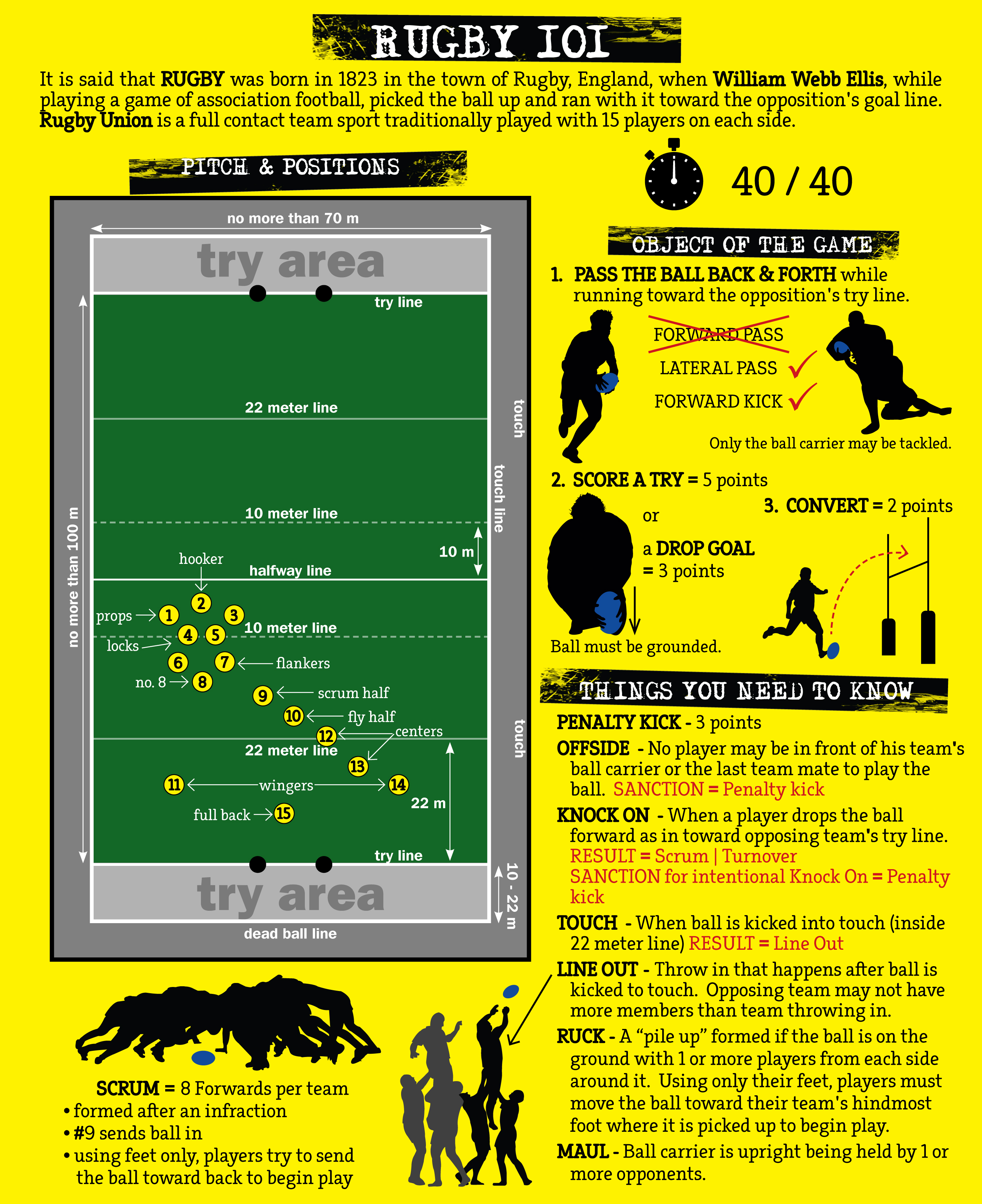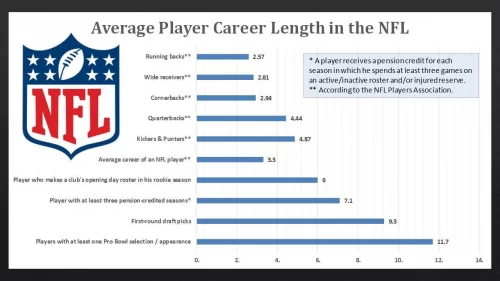
Even if you’ve never seen a rugby match before, you probably know that it’s a rough-and-tumble sport. What you might not know is how rugby is actually played. If you’re curious about this intriguing sport, read on to learn the basic rules of rugby. You might just be inspired to don your own pair of cleats and give them a try! So, what are the rules of rugby?
The Basics of Rugby
Rugby is a contact sport that is played with two teams of fifteen players each. The objective of the game is to score more points than the other team. Points are scored by grounding the ball in the opponent’s end zone (a try), kicking the ball through the opponent’s goal posts (a conversion), or kicking the ball between the opponent’s goal posts from anywhere on the field (a drop goal).

The game is divided into two halves, with a break in between for halftime. Each half is forty minutes long, with ten minutes for halftime. If the game is tied at the end of regulation time, there will be two five-minute halves of overtime played. If there is still no winner after overtime, then the game ends in a draw.
Rucks and Scrums
Two of the most important aspects of rugby are rucks and scrums. A ruck forms when one or more players from each team come together over possession of the ball on the ground. A scrum is similar, but it involves all players on each team binding together and pushing against each other until possession of the ball is gained.
In both cases, it is important for players to keep their feet on the ground and their heads up so that they can see what is happening around them.
Fouls and Penalties
There are a number of different penalties that can be called in rugby, such as offside, not releasing the ball after being tackled, obstruction, and dangerous play. These penalties result in either a scrum or a line-out, depending on where on the field they occur. A line-out occurs when the ball goes out of bounds; whichever team did not touch it last gets to throw it back in. A scrum happens when there has been a foul in front of either team’s goal line; these restarts play from outside of that goal line.
Rugby Union vs. Rugby League
There are two main types of rugby – rugby union and rugby league. They are similar sports, but there are some key differences between them. Rugby union is played with fifteen players on each side, while rugby league is played with thirteen players on each side. Rugby union has a more complex set of rules, while rugby league has simpler rules that make it easier to score points. Because of these differences, rugby union is generally considered a more strategic and tactical sport, while rugby league is considered to be more fast-paced and exciting.
Conclusion:
Whether you’re looking for a new sport to play or you’re just curious about how it works, learning the basics of rugby can give you a better understanding of this intriguing sport. Now that you know some of the basics, why not find a local match or pickup game and give it a try? You might just discover that you have a natural talent for tackling!






